Top 10 Applications of Perforated Metal
in Architectural Projects
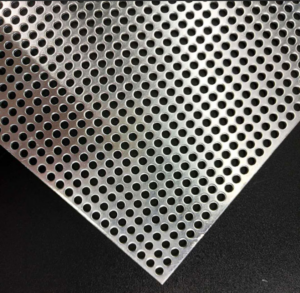
Perforated metal has long been a staple in industrial design, but in recent years, its applications have expanded into architecture due to its aesthetic appeal, functionality, and sustainability. Modern architects and designers value perforated stainless steel for its versatility in creating visually compelling spaces, while also addressing key functional needs such as airflow, acoustics, and energy efficiency. Below, we explore the top 10 innovative applications of perforated metal in architectural projects, showcasing how this material is transforming contemporary design.
1. Building Facades: Aesthetic and Functional Masterpiece
One of the most popular uses of perforated metal in architecture is in building facades. These facades serve multiple purposes: they provide a visually dynamic skin to the building while enhancing its environmental performance. By controlling the pattern and size of the perforations, architects can allow varying degrees of light and air to penetrate, thus regulating indoor temperatures and reducing energy costs.
Perforated metal facades also offer a unique interplay between light and shadow, giving buildings a sense of fluidity and movement. When backlit, these facades create a stunning nighttime effect, highlighting the structure’s design even after dark. The durability of metal also means that these facades withstand harsh environmental conditions, making them a long-lasting solution for both commercial and residential buildings.
2. Interior Partitions: Creating Open, Yet Private Spaces
In modern, open-plan environments, particularly in office and retail settings, interior partitions made from perforated metal are a popular solution. These partitions offer semi-privacy without fully closing off spaces, maintaining the flow of natural light and visibility. This creates a balance between openness and separation, allowing for more flexible layouts.
What makes perforated metal partitions unique is the vast array of customizable patterns and finishes. Architects can choose specific perforation styles to suit a brand’s identity or create intricate, decorative designs that enhance the overall ambiance of the interior.
3. Ceiling Panels: Enhancing Acoustics and Ventilation
Perforated metal ceiling panels are increasingly being used in spaces where acoustics and airflow are crucial, such as auditoriums, offices, and restaurants. The perforations in these panels allow sound waves to pass through and be absorbed by insulation materials behind the panels, improving the room’s acoustics and reducing echo.
These ceiling systems can also integrate ventilation, lighting, and fire suppression systems without compromising the clean, modern look. With a wide range of available patterns, finishes, and colors, perforated metal ceilings contribute to the aesthetic and acoustic experience, making them a practical and stylish solution for many environments.
4. Sunshades and Brise Soleils: Maximizing Energy Efficiency
As sustainability becomes a central theme in architecture, sunshades and brise soleils made from perforated metal have become integral to many building designs. These shading devices help block direct sunlight, reducing solar heat gain and cooling demands inside the building. However, unlike solid barriers, perforated metal allows a soft diffusion of natural light to enter, creating comfortable indoor environments without relying heavily on artificial lighting.
Brise soleils made of perforated metal can also add a distinctive architectural feature to buildings, combining functionality with striking visual design. By tailoring the perforation size and density, architects can optimize energy efficiency without sacrificing aesthetic appeal.
5. Railings and Balustrades: Safety with Style
Perforated metal is an excellent material for railings and balustrades in both interior and exterior applications. Its strength provides essential safety features while maintaining a sense of openness and transparency. These qualities make it an ideal choice for balconies, staircases, and terraces in both residential and commercial projects.
The perforation patterns can be customized to create artistic and unique designs, ensuring that the safety elements don’t detract from the overall aesthetics. The use of perforated metal in railings offers a balance between design and safety, making it a preferred choice for modern architects.
6. Column and Beam Cladding: Adding Texture to Structural Elements
Architects often seek ways to make structural components more visually appealing, and cladding columns and beams with perforated metal is an innovative solution. This application enhances the appearance of load-bearing elements without compromising their strength. The perforated cladding adds texture and dimension, making otherwise plain structural features stand out.
Perforated metal can also be used to cover imperfections or unsightly joints while still allowing ventilation, thus combining functionality and beauty in a single material.
7. Ventilation Grilles: Integrating Function with Design
One of the more functional uses of perforated metal in architecture is in ventilation grilles. Traditionally, ventilation systems are purely utilitarian, but with perforated metal, they can become an integral part of the architectural design. These grilles allow for airflow in spaces like parking garages, industrial plants, or large open areas while contributing to the overall aesthetic.
Perforated metal ventilation systems can be tailored to meet the exact airflow requirements while maintaining a sleek, modern appearance. Architects often use them in places where both performance and visual coherence are required.
8. Signage and Branding: Customizable for Unique Identities
Perforated metal signage offers companies and institutions a unique and customizable way to display branding elements like logos and company names. By using CNC cutting and laser technology, intricate designs can be created that go beyond simple text. The metal material can be painted, polished, or backlit to create stunning displays that catch the eye.
In addition to brand identity, these signs are also highly durable, making them ideal for outdoor applications where they must withstand weathering without degrading over time.
9. Decorative Wall Panels: Art and Functionality Combined
One of the most striking uses of perforated metal is in decorative wall cladding. These panels can be used indoors or outdoors to add an artistic element to any surface. By experimenting with different perforation patterns, architects can create murals or textured surfaces that provide visual interest, while also offering practical benefits like sound absorption, airflow, and shading.
The adaptability of perforated metal in terms of finish and pattern means it can be tailored to suit various architectural styles, from ultra-modern to more classical designs.
10. Green Wall Systems: Supporting Sustainable Architecture
Perforated metal is also playing a role in the rise of green wall systems, which integrate plants into building exteriors. The metal serves as a structural support for the plants while allowing them to grow and spread through the perforations. These green walls offer aesthetic beauty and contribute to environmental sustainability by improving air quality and energy efficiency.
By using perforated metal, architects can create a sturdy framework for plants without compromising the building’s structural integrity. This application represents the fusion of nature and technology in modern sustainable architecture.
Conclusion: The Future of Perforated Metal in Architecture
Perforated metal is an incredibly versatile material that offers a wealth of possibilities in architectural design. Whether for decorative purposes, structural integrity, or functional uses like ventilation and shading, it is becoming an essential element in contemporary architecture. As sustainability and efficiency become more important, the role of perforated metal in reducing energy consumption and enhancing the user experience will only grow. With endless customization options, it’s clear that perforated metal will continue to be a vital material in the evolution of architectural design.
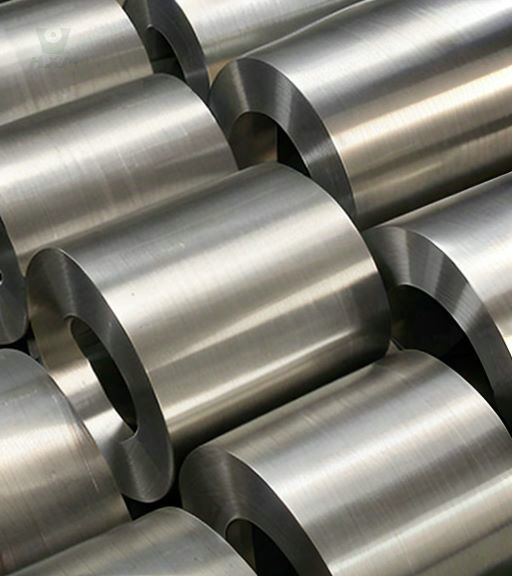
Duplex Steel 2205 Coils: Understanding the Applications and Uses
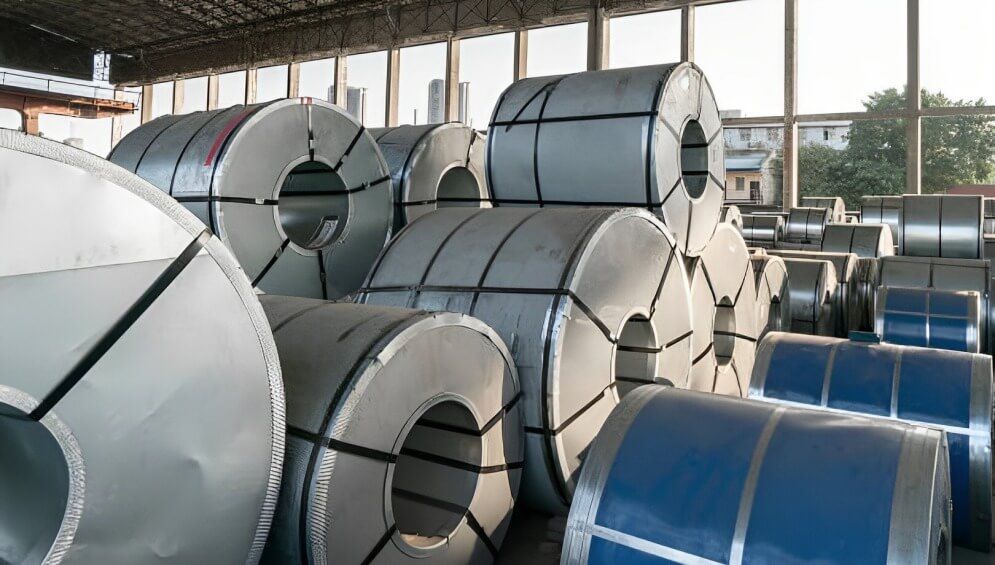
What Are Steel Coils Used For ?
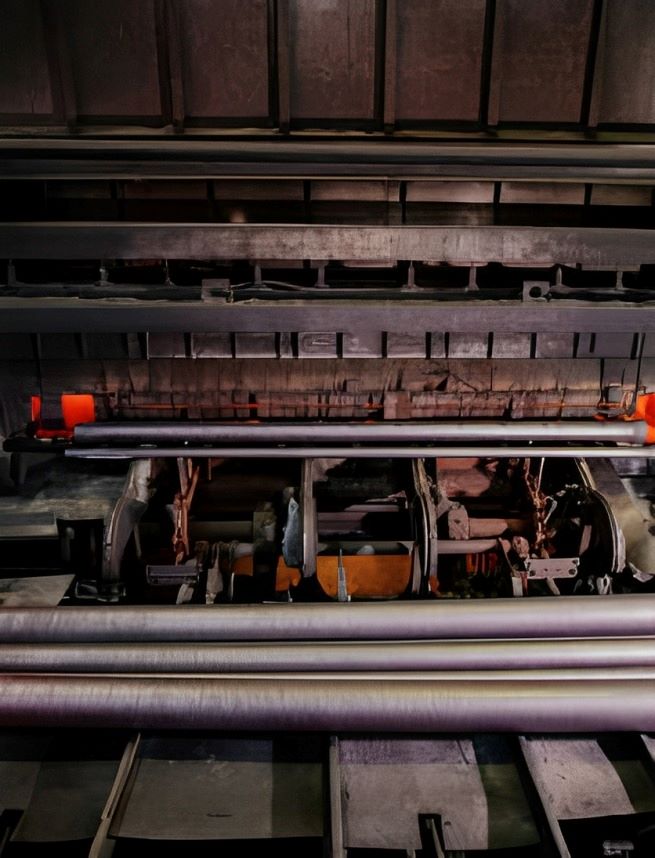
Guide to Stainless Steel Pipe Rolling: Process, Benefits, and Applications
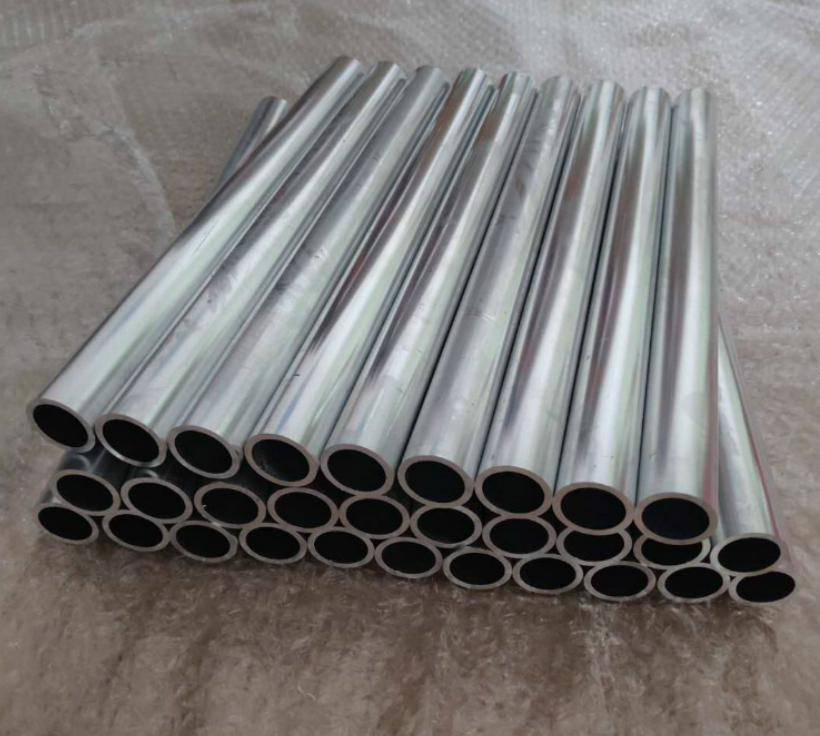
How Are Stainless Steel Welded Tubes Made?
Huaxiao Stainless Steel is Here to Help
Contact us today to learn more about our Stainless Steel Products selection. You can also request a quote to start your order.



